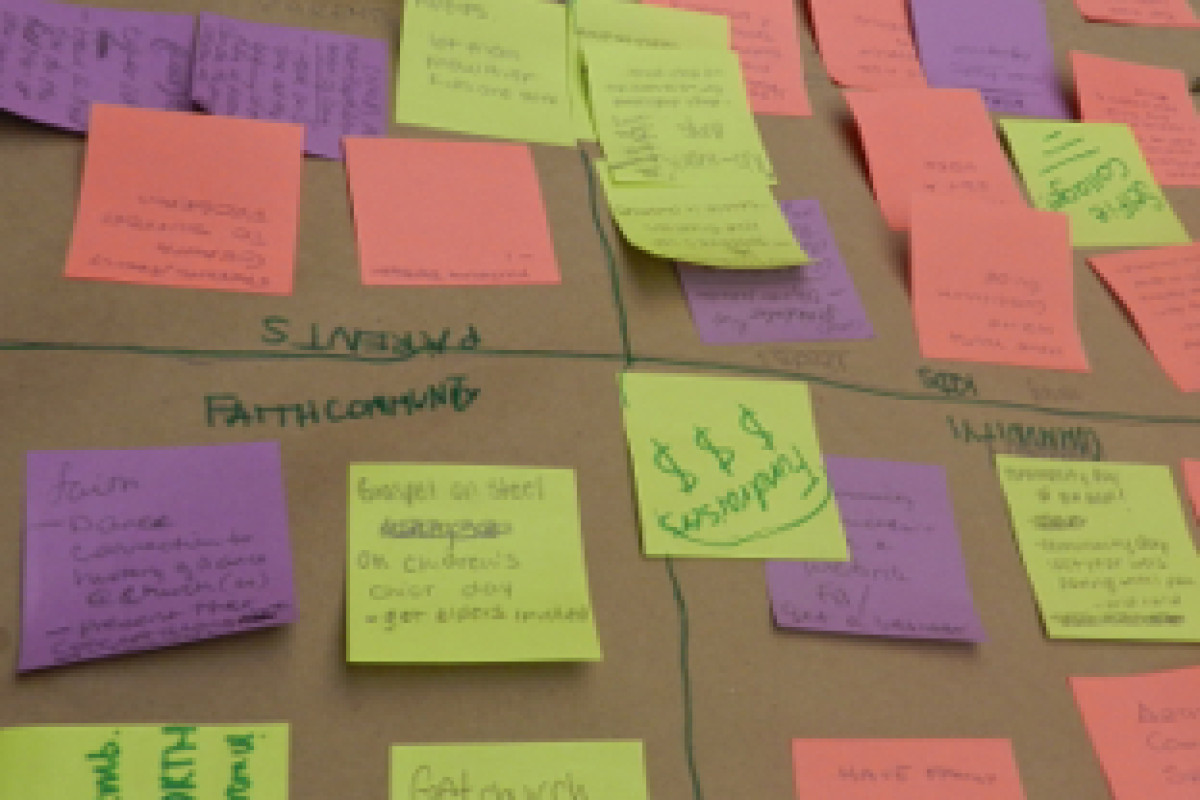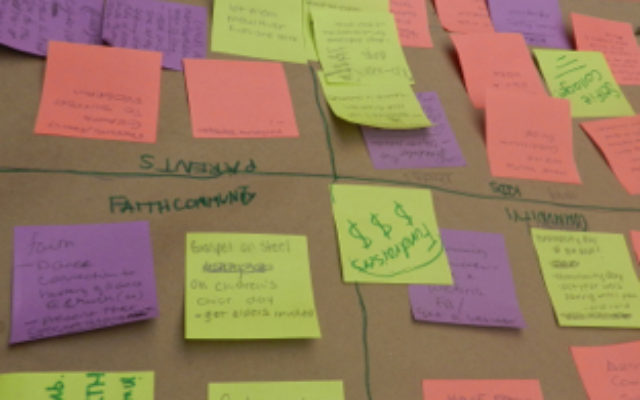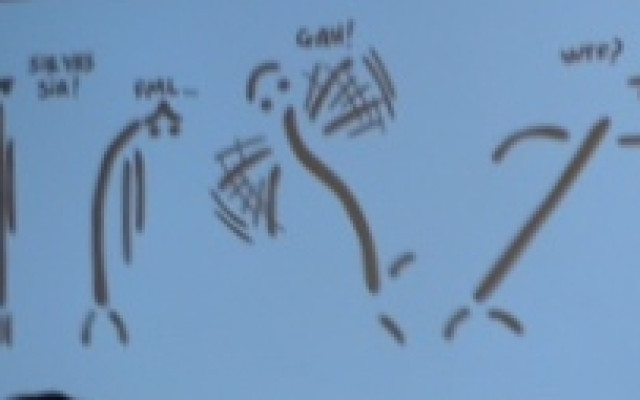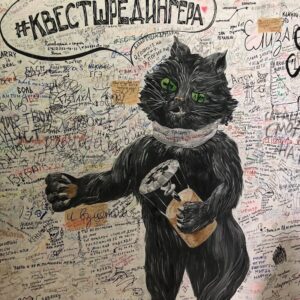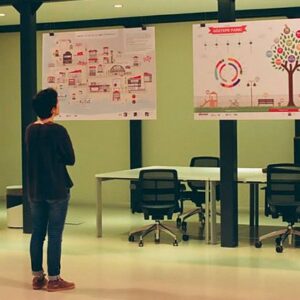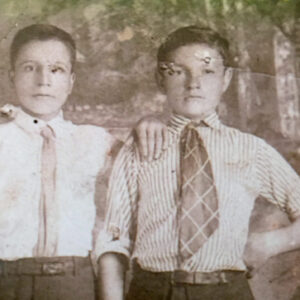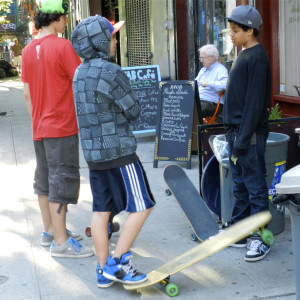Unpacking Design Thinking: Ideate
Ideate is the space in design thinking where individuals and teams elevate and celebrate the power of possibility. It is the transition from identifying a particular question or problem to generating a wide variety of potential answers and solutions.
It’s not about coming up with the ‘right’ idea, it’s about generating the broadest range of possibilities.” — Hasso Plattner Institute of Design at Stanford
Imagining “wild,” “darling,” and “practical” ideas help spawn multiple solutions, one or two of which eventually will be selected to prototype. To solve a design challenge of outdated uniforms at a Cleveland school, students proposed lots of ideas ranging from hiring a hip fashion designer to rethink the whole idea of a school uniform to students themselves designing their own uniforms, to students working with school administrators to “tweak” existing uniforms by adding new colors and accessories.
The whole process of ideation discourages linear thinking that supports one idea, often the “pet idea” of an authority figure or aggressive team member, arrived upon through a narrow group think brainstorming approach.
Individuals or teams who embrace the ideate space accept that the “right” solution is not usually the first or most practical solution. Experienced design thinkers suggest that ideation helps to:
- step beyond obvious solutions, increasing innovation potential of a solution set;
- harness the collective perspectives and strengths of teams;
- uncover unexpected areas of exploration;
- act as a catalyst for fluency (volume) and flexibility (variety) among creative options; and
- get obvious solutions out in the open, leaving space to push toward new levels of innovation.
The most important component of the ideate space is simple: no judgment. The whole point here is to generate lots of ideas, separating idea generation from idea evaluation. Evaluation happens later — during prototype and testing spaces. This is the time to let imaginations run wild!
Tools like mind mapping are also useful in exploring suggested ideas. Once they have gathered, discussed and visually represented all suggested ideas, individuals and teams begin “considered selection.” Design thinkers narrow down numerous ideas to two or three with the potential for rapid prototyping.
Some experts suggest dividing the ideas into categories — “wild,” “darling,” or “practical” as suggested above or “most likely to delight,” “the rational choice,” or “the most unexpected,” and have group members vote on which ideas deserve further consideration. The goal of ideation is to move to the rapid prototyping space with more than one idea. That limits the power of group think and majority rules. Single ideas agreed upon by a majority may not be the best solution to meet the needs of the users with a product, service, experience or system.
To ideate is to be messy, to reject the often hierarchical structure of linear problem solving. To ideate is to embrace an approach that allows multiple voices and ideas to compete, percolate and evolve. Ideation increases the likelihood of arriving at the most creative and appropriate solution through rapid prototyping and testing.

